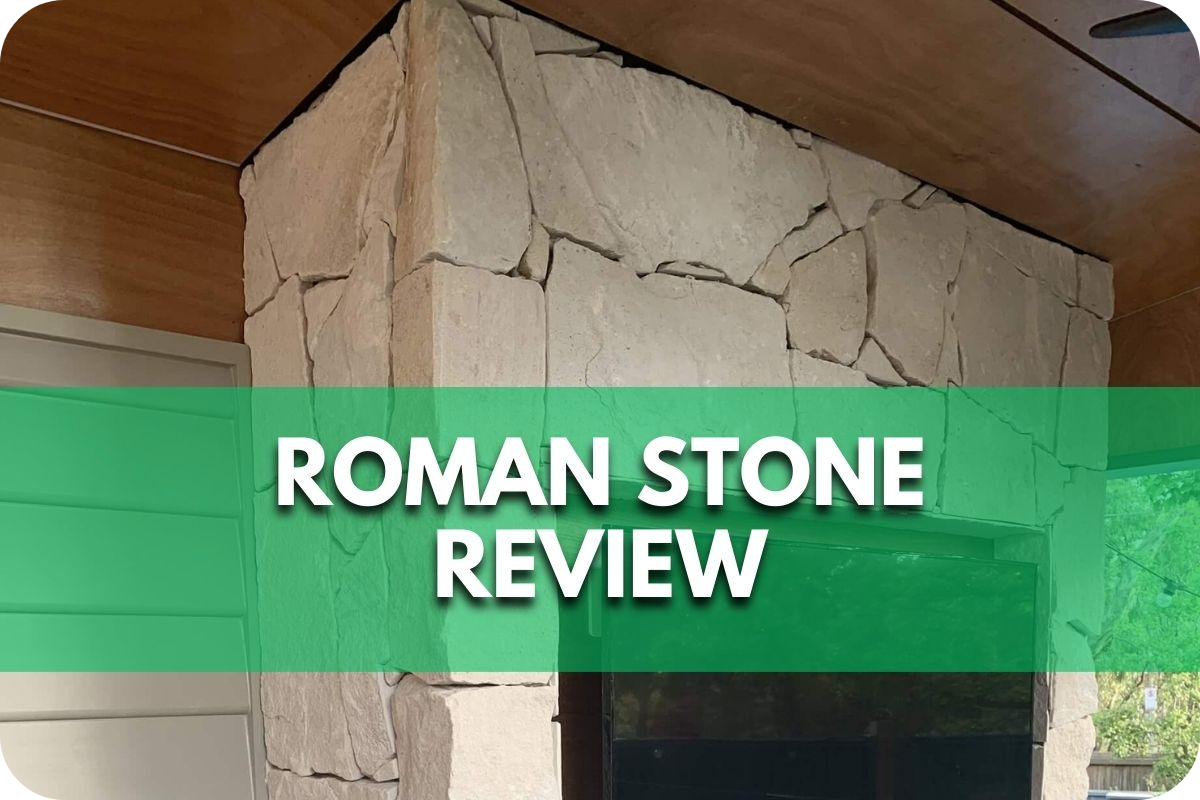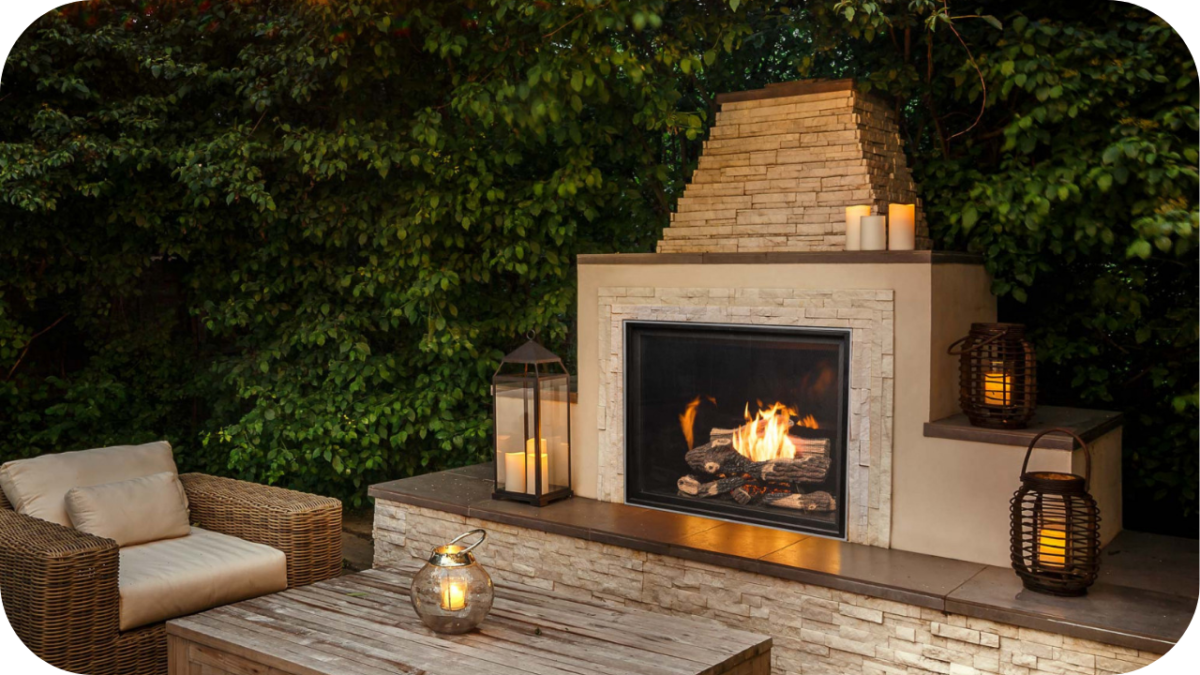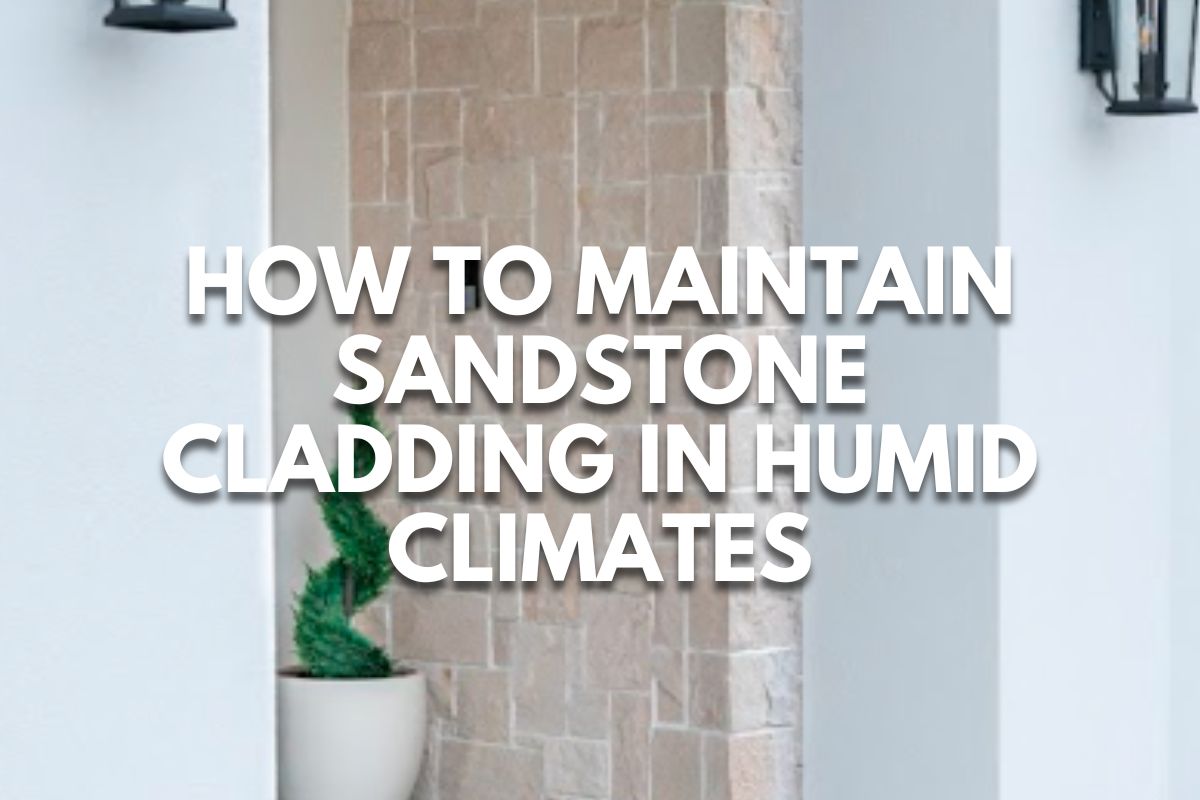Stirling Sandstone Review: Pros, Cons, and Insights
Tired of lacklustre wall cladding options that compromise on quality and aesthetics?
Frustrated by the constant search for a solution that combines durability with timeless elegance?
Look no further than Stirling Sandstone. In our review, we dissect this versatile material’s pros, cons, and insights, giving you the clarity you need to elevate your architectural designs confidently.
Overview of Stirling Sandstone Wall Cladding
Stirling Sandstone Wall Cladding is a premium choice for architectural projects, offering a blend of durability, aesthetic appeal, and versatility.
Crafted from high-quality natural sandstone, it boasts excellent weather resistance, ensuring longevity and minimal maintenance requirements. Its timeless elegance adds character to interior and exterior spaces, making it suitable for various applications, from residential facades to commercial buildings.
Available in various colours, textures, and sizes, Stirling Sandstone allows for creative customisation to suit diverse design preferences and project requirements. Whether seeking a rustic charm or contemporary sophistication, this wall cladding material delivers.
Due to its weight and specific requirements, installing Stirling Sandstone may require professional expertise. Proper structural support and alignment are essential for optimal results.
Despite potential challenges, its enduring beauty and durability make it a worthwhile investment for enhancing the aesthetic and value of any architectural endeavour.
Key Features of Stirling Sandstone
Stirling Sandstone stands out for several key features that make it an exceptional choice for wall cladding:
- Durability: Crafted from high-quality natural sandstone, Stirling Sandstone is renowned for its durability and ability to withstand harsh weather conditions, ensuring long-lasting performance.
- Aesthetic Appeal: With its timeless elegance and natural beauty, Stirling Sandstone adds character and charm to any architectural design, enhancing indoor and outdoor spaces.
- Versatility: Available in various colours, textures, and sizes, Stirling Sandstone offers versatile options to suit different design preferences and project requirements, allowing for creative customisation.
- Weather Resistance: Stirling Sandstone is resistant to fading, discolouration, and damage from environmental factors, maintaining its appearance and structural integrity over time.
- Low Maintenance: Stirling Sandstone requires minimal upkeep. It only needs occasional cleaning to preserve its pristine appearance, reducing the time and effort spent on maintenance.
- Eco-Friendly: Made from natural materials, Stirling Sandstone is environmentally friendly and contributes to sustainable building practices, appealing to eco-conscious consumers.
Installation and Maintenance
Due to its weight and specific requirements, installing Stirling Sandstone requires careful attention to detail and professional expertise. Proper structural support and alignment are essential to ensure stability and longevity.
Hiring experienced contractors familiar with handling natural stone materials is recommended to achieve optimal results.
Stirling Sandstone’s maintenance is relatively low compared to other wall cladding options. Regular cleaning with a mild detergent and water is usually sufficient to remove dirt and debris.
Additionally, sealing the stone periodically helps to protect it from staining and moisture penetration, extending its lifespan and preserving its appearance.
Avoid using harsh chemicals or abrasive cleaners, as these can damage the stone’s surface.
Inspecting the cladding periodically for any signs of damage or deterioration and addressing them promptly can help prevent more significant issues and ensure the continued beauty and functionality of Stirling Sandstone wall cladding.
Practical Uses in Home and Garden
Stirling Sandstone wall cladding offers versatile applications for home and garden settings, enhancing aesthetics and functionality.
In home interiors, Stirling Sandstone can create stunning feature walls in living rooms, dining areas, or bedrooms, adding a touch of natural beauty and warmth to the space. It is also an excellent choice for fireplace surrounds, offering a rustic yet elegant focal point.
Stirling Sandstone provides durable and visually appealing solutions for outdoor spaces. It can be used to clad exterior walls, creating a striking facade that complements the surrounding landscape.
Additionally, Stirling Sandstone is ideal for accentuating garden features such as water features, retaining walls, or outdoor kitchen islands, blending seamlessly with the natural environment.
Its versatility extends to landscaping projects, which can be employed for pathways, steps, or decorative garden borders, enhancing the overall aesthetic while providing long-lasting durability.
Stirling Sandstone is a valuable addition to any home or garden design with its timeless appeal and practical benefits.
Durability and Longevity
Stirling Sandstone wall cladding boasts exceptional durability and longevity, making it a reliable choice for architectural projects.
Crafted from natural sandstone, it is inherently strong and resilient, capable of withstanding weather conditions without deteriorating. This durability ensures that the cladding maintains its structural integrity over time, reducing the need for frequent repairs or replacements.
Moreover, Stirling Sandstone is resistant to fading, discolouration, and damage from environmental factors, such as sunlight, moisture, and temperature fluctuations. This resistance ensures its aesthetic appeal remains intact, maintaining its timeless charm for years.
Proper installation is crucial to maximizing its longevity, ensuring adequate structural support and alignment. Additionally, periodic sealing helps protect the surface from staining and moisture penetration, enhancing its durability.
Overall, Stirling Sandstone wall cladding offers unmatched durability and longevity, providing enduring beauty and functionality for indoor and outdoor applications. Its resilience and timeless appeal make it a valuable investment for enhancing architectural designs.
Styling Tips with Stirling Sandstone Wall Cladding
Styling with Stirling Sandstone wall cladding opens doors to endless design possibilities, thanks to its natural beauty and versatility. Here are some precise tips to elevate your space:
- Texture Play: Capitalize on the stone’s natural texture by contrasting it with smoother surfaces for added visual interest.
- Colour Coordination: Harmonize the hues of the sandstone with your overall colour scheme to create a cohesive and inviting atmosphere.
- Laying Patterns: Experiment with different laying patterns, such as stacked, random, or herringbone, to achieve unique and eye-catching effects.
- Accent Features: Use Stirling Sandstone as an accent feature to highlight specific areas, like fireplaces, columns, or entryways, for a touch of elegance.
- Outdoor Landscaping: To extend Stirling Sandstone’s beauty to outdoor spaces, incorporate it into landscaping features like garden walls, pathways, or water features.
- Lighting Effects: Strategically placed lighting can enhance the texture and colour variations of the sandstone, creating a dramatic and inviting ambience.
Pros and Cons of Stirling Sandstone
| Pros | Cons |
| – Made from natural materials, Stirling Sandstone contributes to eco-friendly building practices. | – Installation Complexity; Proper installation requires skilled labour and expertise, potentially increasing costs. |
| – Stirling Sandstone exudes a timeless aesthetic, adding rustic elegance to any space. | – Installing Stirling Sandstone requires experienced professionals to ensure proper alignment and support, possibly leading to higher installation costs. |
| – Crafted from natural sandstone, it is durable and can withstand various weather conditions. | – Due to its density, Stirling Sandstone is heavy and requires sufficient structural support during installation, adding complexity to the process. |
| – Stirling Sandstone offers versatility in design in various colours, textures, and sizes. | – The inherent variations in colour, texture, and veining may not align with all aesthetic preferences or design concepts. |
| – Low Maintenance | – Initial investment may be higher compared to synthetic alternatives, impacting budget considerations. |
| – It requires minimal maintenance and only needs periodic cleaning and sealing. | – While offering long-term value, Stirling Sandstone may have a higher initial cost than synthetic alternatives, potentially affecting project budgets. |
Conclusion
In conclusion, Stirling Sandstone wall cladding offers a compelling blend of timeless elegance, durability, and versatility.
Its enduring beauty and eco-friendly nature make it a worthy investment despite considerations like installation complexity and potential cost.
Elevate your architectural projects with Stirling Sandstone today and redefine sophistication in your space.







